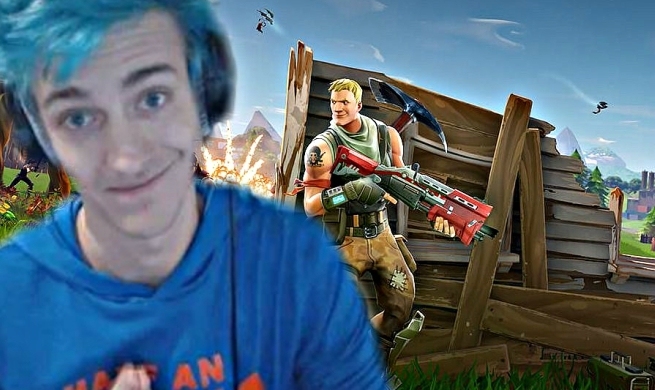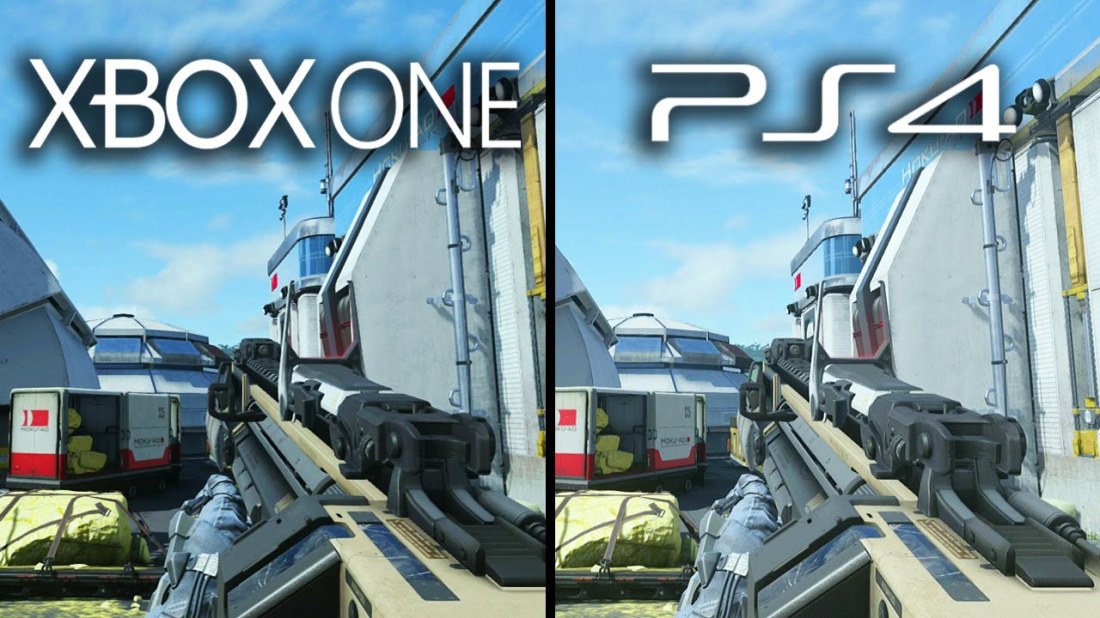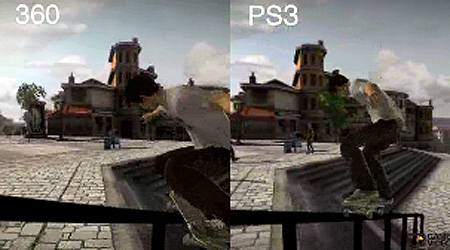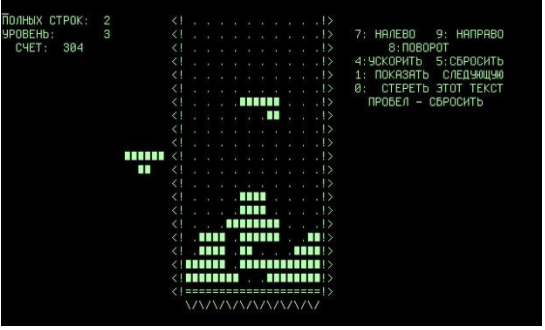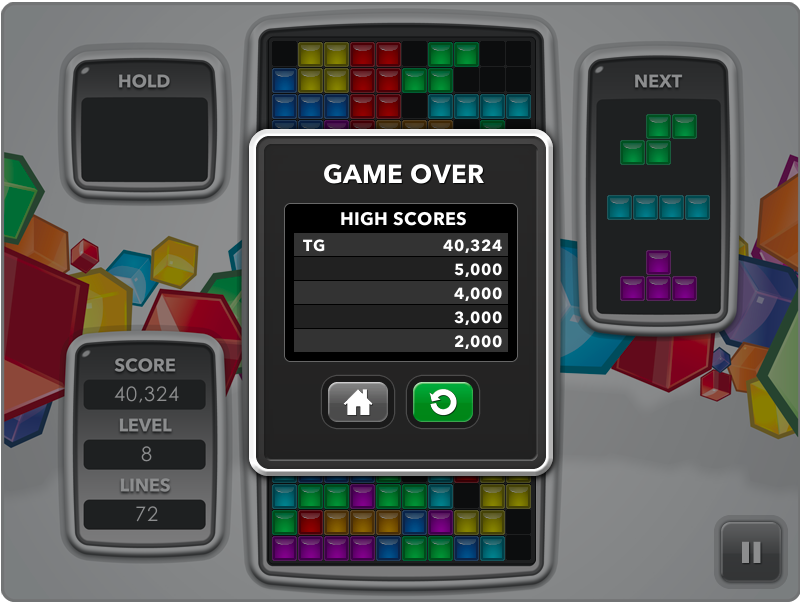By Travis Gayle
Video games impact many social issues. Two popular issues that are perceived to be influenced by the content in video games and by frequency of play are addiction and gun violence. However, while one of these issues is strongly impacted by video games, to the surprise of many, the other is not.
Addiction is defined as being heavily dependent on a substance, thing, or activity to achieve some type of “good” feeling. Video game addiction is real and it is not only present in children. If we think about slot machines, these sometimes come in the form of video games and there are many people addicted to gambling. As I probably mentioned in a blog before, one of my relatives had an addiction for a long time to the casino and that eventually transferred over into mobile gaming because it evoked this same feeling where you lose many times, but that one time you win makes you feel amazing. So you continue to do it over and over again.
There is psychology behind how casinos and video games are developed. When I think about both of them, I think about how fun it is, but also, how unethical it can be. From a business perspective, it is a genius idea to target the weaknesses that people may have. However, is that just? I don’t think so. Fortunately, video game addiction is not the worst type of addiction out there, nor is it the most common. A study was conducted a few years ago for 3,034 children and teenagers. The average length spent playing video games was 20 hours a week, but only 9% of participants were diagnosed with being addicted. 4% were categorized as extreme users. Thus, the problem could be a lot worse.
Now something that is even less of an issue is video games as it pertains to gun violence. Gun violence itself is an issue that is perpetuated by the lack of regulation on part of the government, the NRA, and our own people. The supreme court ruled a few years back that there is no substantial evidence that connects young children playing video games to gun violence. If we think about the mass shootings in America alone, most of the criminals had little to no background when it came to playing video games. I do believe that the current ESRB is sufficient in their regulation. I would even go as far to argue that games serve as a cure to the ills that many people face around the world. They help children develop moral compasses and they are cathartic. They allow people to channel negative energy into something virtual as opposed to physical.
Video games have been a force for good in the world. To limit them to a specific age range would be an injustice. I would foresee negative effects and repercussions for doing so. It is true that there are people who are addicted. However, this is a small subset and we are choosing a lesser of many evils by choosing to have that be an addiction over many things that could be more harmful. Video games also build community. I look around in my dorm and see Fortnite bringing people with the most opposite personalities together. It truly is a beautiful thing.
